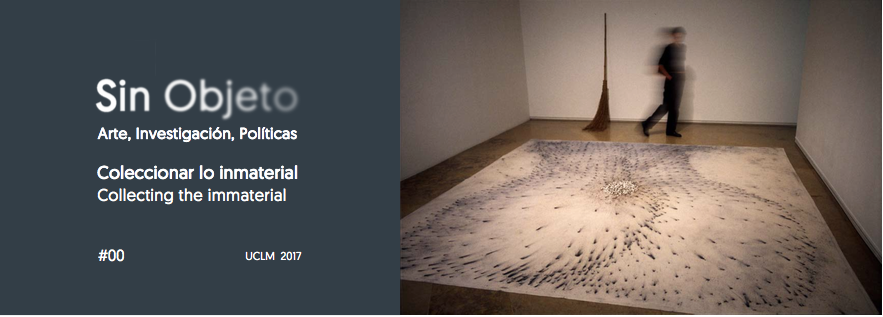Musealization of contemporary artistic practices. Collections and files new strategies for its management, promotion and dissemination
Main Article Content
Abstract
The sequence of movements and artistic practices since the second half of the last century leaves a set of creations whose productions have left the territory of the objectual and tangible. To the difficulty for being them collected and museographed, it had to be added the complexity of these new proposals developed by the artists during this period, who expanded the idea of art to limits that go beyond the traditional scenarios, questioning and modifying substantially most of the paradigms on which those where based. Therefore we now face a new and unprecedented scenario that calls for another kind of relationship with that we try to keep calling "work of art". This new scenario demands new analysis and new methodologies for the study, dissemination and outreach of all these new art practices.
Within this complex situation must place the possibility of collecting all these new productions. The set of them constitutes a valuable heritage that, by itself, describes a particular time -the specific way we lived, thought and interacted with reality. The museum was invented to fulfill this role: providing public access to the story that inherently contains any art collection. Now arises the need to rethink it so that it can continue to perform this important function.
Article Details
Todos los artículos de la revista, están sujetos a una licencia Creative Commons del tipo Reconocimiento - NoComercial - Sin Obra Derivada
References
Alcalá Mellado, J. R. & Jarque Soriano, V. (2016). CAAC Cuenca; Centro de Arte, Archivos y Colecciones. Cuenca: Cuenca, la ciudad y la cultura. Cuenca: Ediciones de la Universidad de Castilla-La Mancha. Colección Caleidoscopio, #12.
Alcalá, J. R.; Fernández, L. & Rico, J.C. (2009). ¿Cómo se cuelga un cuadro virtual? Las exposiciones en la era digital. Gijón: Trea.
Brea, J. L. (2003). El tercer umbral. Estatuto de las prácticas artísticas en la era del capitalismo cultura. Murcia: CENDEAC.
